How’s this for a foregone conclusion? Ferrari’s 488 GTB won our Britain’s Best Driver’s Car contest last autumn. There was no McLaren at that event, but the 650S didn’t win it when it did make an appearance in 2014.
And supercar group tests aren’t meant to be like top-flight sporting competitions; a car that wins once should only ever win again. Cars don’t have good and bad days or give the impossible 110% that sports stars insist they need to find in order to beat a good team on a good day. Assessments of cars are objective and final; the 488 came, saw, conquered and left. Game over. The end.
Supposedly, at least. But? But a few things. One, we haven’t had this match-up, and the Ferrari-McLaren contest on the road is proving to be as intriguing – and full of needle – as it has always been on the race track. Two, the road thing is important, because every previous assessment of the 488 GTB has featured a track element. But not this time, and that might make a difference. The 488 is joyous on a circuit, we’ve found, because you can throw it around like it’s a Toyota GT86. It’s so adjustable and agile, and my word is it fast.
But, at the risk of getting ahead of myself, it’s on the road – the A39, to be precise – where I’m starting to doubt what I know. The 650S is wowing me with its steering and impeccable body control, and I wonder if what I know about these cars is right. Get the two in the right territory – the kind of territory where most driving is done, away from the world of big drifts, smooth surfaces, smoking tyres and places where you can enjoy full throttle for 20 seconds at a time – and I’m beginning to think things, perhaps, are different. That the 650S is the right car, in the right place, at the right time.
But, yes, I’ll come back to it. First, details. As supercars go, the 650S and 488 GTB are closer than most. Supercar group tests are usually easy to define: there’s the rear-engined one over there, the front-engined one here and another mid-engined one here, but that’s okay because it’s four-wheel drive and has a V10. It’s all so much easier than city car group tests, where differences are defined by pennies and millimetres. But, no, with Ferrari and McLaren, McLaren and Ferrari, the differences are far smaller. It’s in attitudes and approaches to details where they depart, rather than in general principles – as you should probably expect from two companies whose interests are so heavily involved in racing and each other.
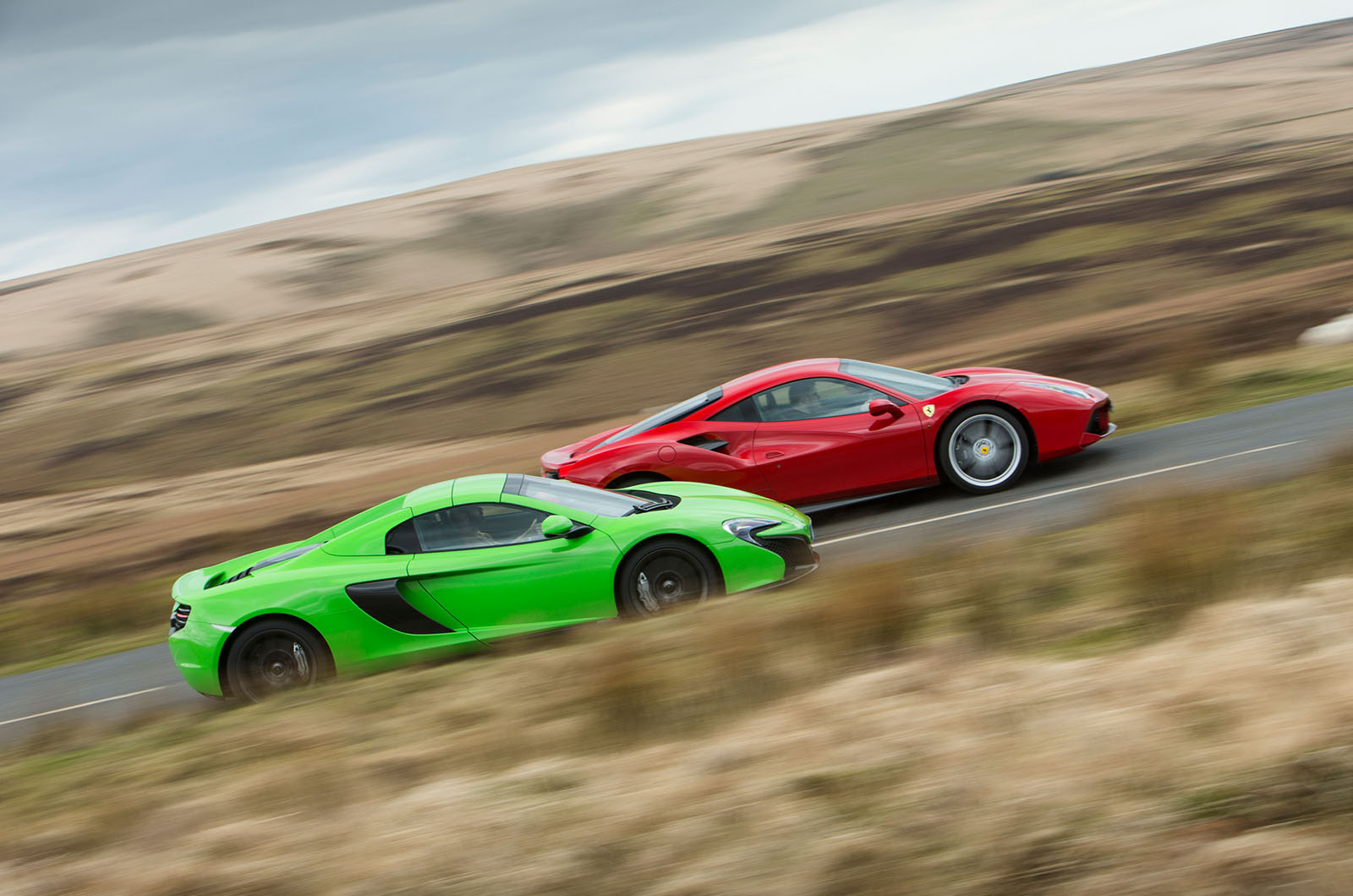
So both of these two-seat cars have their engines in the middle and some luggage space at the front. Both are rear driven. Both have active aerodynamics, carbon-ceramic discs and adaptive suspension on their double wishbone set-ups. Both have twin-turbocharged V8s that drive through seven-speed dual-clutch automatic gearboxes, too.
Ferrari, you’d think, would rather have stuck with a naturally aspirated motor but, realising which way the wind was blowing, went with a twinturbocharged 3.9-litre flat-planecrank V8 when it set out to replace the 458 Italia. It’s 103cc larger in capacity than the 650S’s engine and it gets 20 extra horsepower, at 661bhp. But it’s its speed of response that, Ferrari says, is other-worldly. Ferrari had – still has – an extraordinary amount of experience in producing world-class normally breathing motors, and the idea of producing a turbocharged engine that isn’t some way close to them offends it. So it limits torque at lower revs in lower gears to make it feel like urge is building throughout the rev range, and it says it has quicker response than rivals (we know who it’s talking about, but it declines to name them) and has more graphs than I’ve seen since a second-year thermodynamics lecture in order to prove it.
McLaren might choose to dispute that – it often does – but we’ll see how they feel on the road. First, the other differences. The Ferrari is mostly aluminium, the McLaren mostly carbonfibre composite. More on that later. And finally, the Ferrari has a limited-slip differential, electronically controlled, while the 650S has an open differential but brake steer. In separate tests previously, it’s telling how different that little piece of equipment has made the two cars feel.
A limited-slip differential limits the amount of slip an inside rear tyre is allowed under power. It makes it more likely to break traction with both wheels and slide effectively – and when you’ve got 661bhp and, in the right circumstances, 561lb ft of torque from 3000rpm, traction is supremely easy to break. It makes a car slideable and easy to steer on the throttle. If you’re being childish, it makes it exciting.
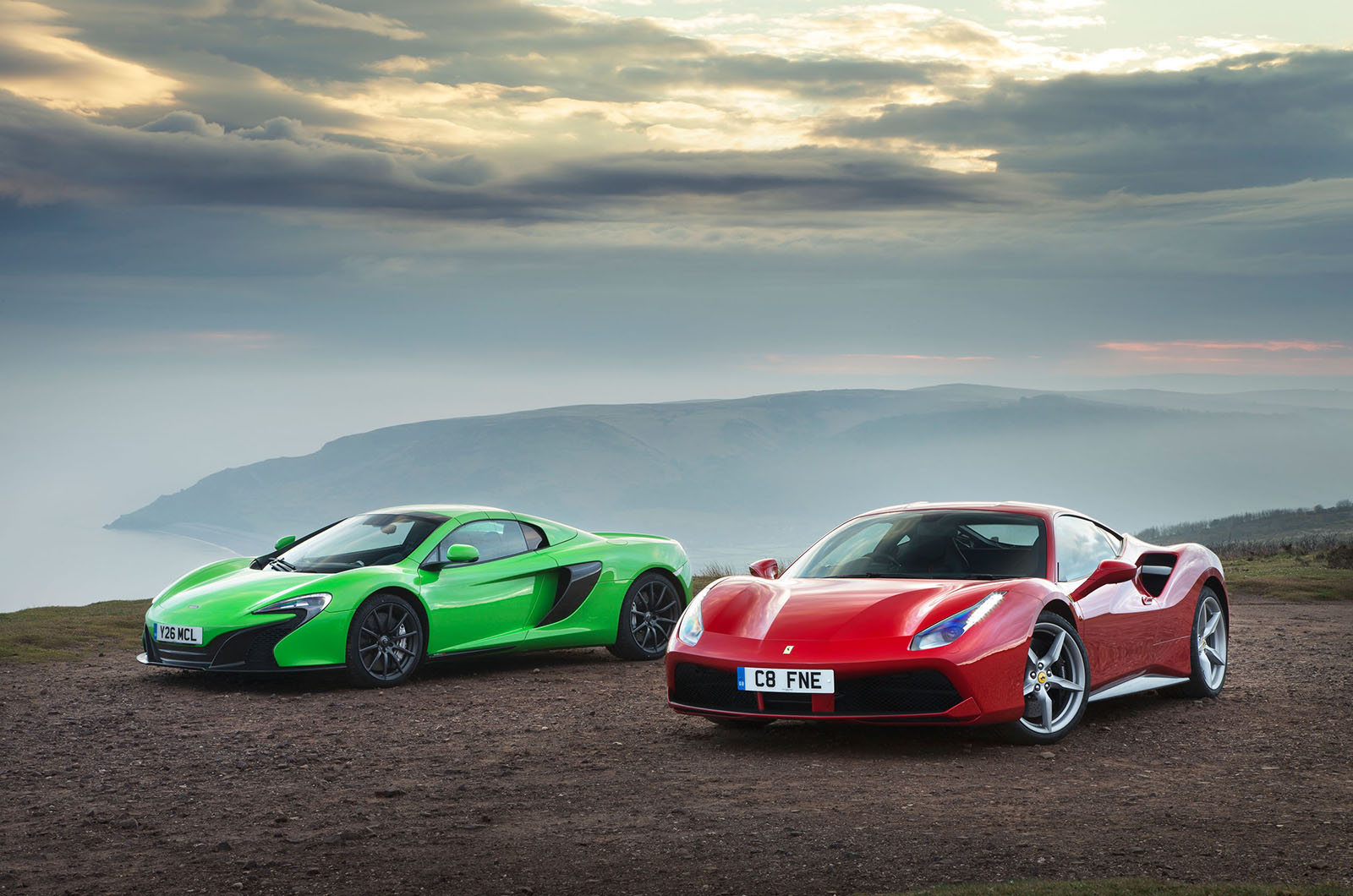
An open differential? In theory, it would just let an inside rear tyre spin away, were there no electronics to stop it, and here McLaren’s way is that there should usually be some electronics to help you out. Brake steer does precisely that on the way into a corner, easing onto the inside rear wheel to pitch the car into a corner, reducing understeer. McLaren’s hydraulic, linked, antiroll-bar-replacing gubbins stiffen and keep the body exceptionally flat, thus reducing an inside rear wheel’s urge to spin up, and it’ll punch you out of the other side, making it fast, if less smoky and dramatic than a Ferrari, or Aston Martin, or anything else driven by the rear wheels but with a limited-slip differential.
Those things are important to note, but so is one other thing: there is absolutely no guarantee that they’ll make the blindest bit of difference on the road, where these two might not get near enough to their performance potential for them to do what they do. Locals and plod ignore or applaud you if you find a quiet hillside hairpin near Modena and smoke a 488 GTB’s tyres away from it. My suspicion is that in Exmoor they do not do the same, but I have no intention of finding out.
In the right places, there are terrific roads here for driving at normal speeds. As a place to judge steering response and road feel, agility, ride quality and body control, few are better. Yes, blah, assessment of objective characteristics, blah, and so on; the truth is that there are roads that are seriously good fun. You can see a long way, they pitch up and down, cambers change and the surfaces are a bit rubbish. You can be entertained and impressed by a car without exceeding the limit, even in cars like this whose limits are, frankly, staggering.
Of the two, the McLaren feels a touch more usable on the road, even though this one has its steering wheel on the wrong side (and a roof that folds, although the weight penalty is only 40kg and body rigidity suffers not at all, so it doesn’t matter). The dashboard is low in both cars and visibility good, but the McLaren’s wings are easier to see and its extremities easier to place. Its driving position is superb – the brake pedal central and appealing to either foot, and the steering wheel is just the ‘right’ shape and size.
The Ferrari isn’t shabby, either. The larger, squarer wheel seems to come less close, but it’s a fine driving environment. Its steering wheel mirrors the rest of the cockpit: the 488’s more cluttered and showy, the 650S’s restrained and reserved. You takes your pick. Mine would probably be somewhere between the two.
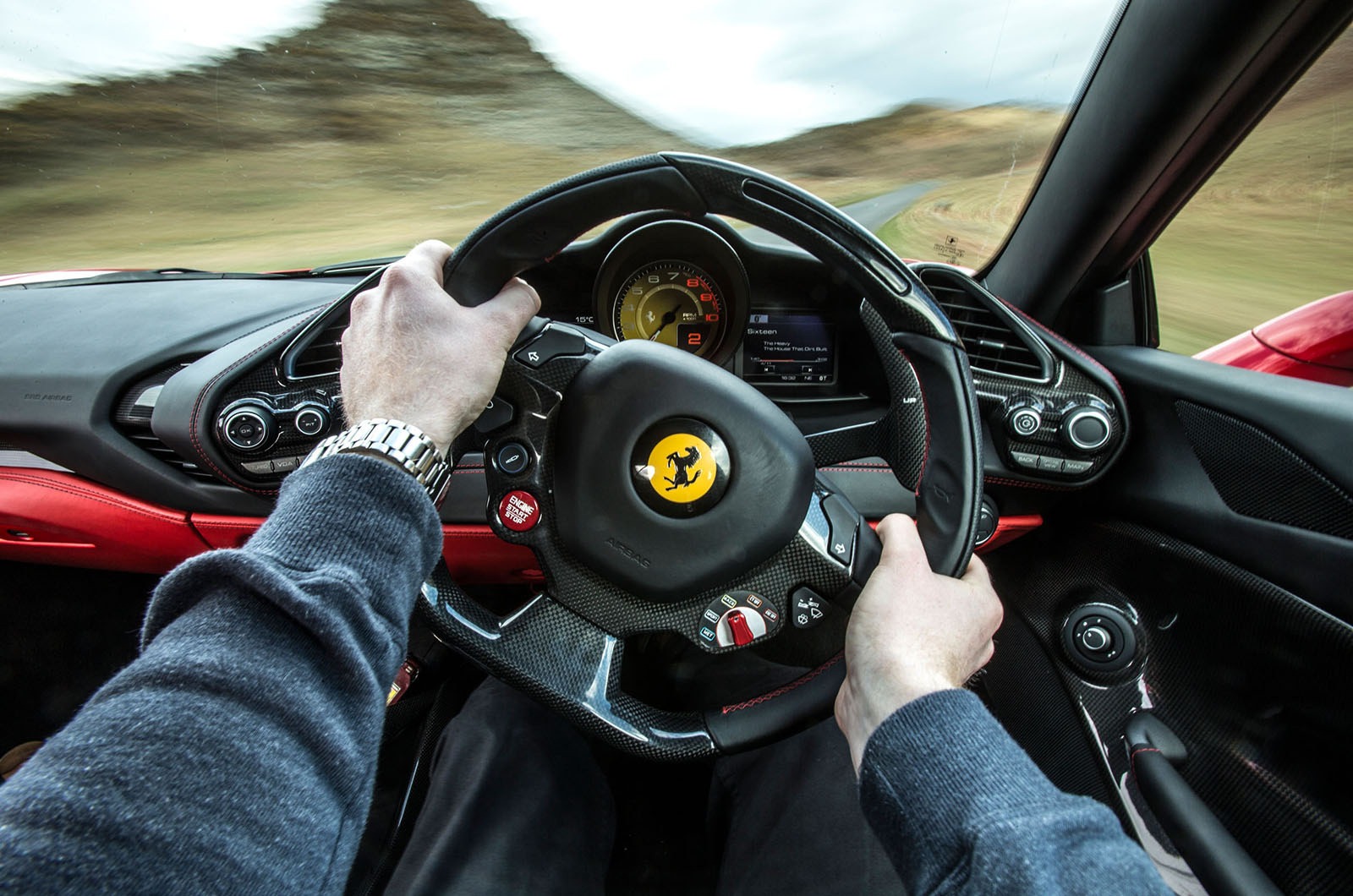
The driving environment sets a theme that’s mirrored throughout the way these cars drive. Both are massively impressive; I should make that clear from the outset. When I tell you that the McLaren steers with more precision, it gives a more realistic sense of road feel and its speed (2.66 turns between locks) is less frantic than the Ferrari’s two turns, do not think for a moment that the Ferrari steers badly. And when I tell you that the Ferrari makes a more classical flat-plane V8 noise and has faster throttle response, don’t think for a moment that, in isolation, you’d complain about the McLaren’s.
It’s all, then, still in the details, and we’re in the upper echelons of fourpoint-five to five stars in every respect you want to make. I’m just going to tick them off one at a time, because great roads like this mean you can.
Ride? The McLaren has the edge. Neither car is uncomfortable, over any journey, but the 650S’s ability to soften or harden its roll control means that it corners incredibly flatly yet absorbs bumps on a straight (or mid-corner) in a fashion that no other car on sale can manage – at least, not one that also retains such phenomenal control of its body movements. It feels like there’s so much inherent integrity in this carbonfibre cell – so much stiffness and strength. You couldn’t want for anything better from which to hang your suspension.
Steering? Likewise, it’s a McLaren advantage. Both cars have hydraulic assistance, but the McLaren’s, even on the road, feels more natural. The Ferrari’s doesn’t feel as nervy as it can do in high-speed corners, because these are low-speed corners that need biggish inputs either way. The 488’s is a lovely set-up on these roads (those hairpins half an hour from Maranello aren’t so different), but the 650S has the best steering this side of a Lotus Elise. In the McLaren, you’re gliding over bumps more easily than in the 488 yet at the same time feel more connected to the bits of the surface you want to know about. It’s the sort of trick a Porsche 911 GT3 RS’s steering used to pull off, only with less kickback and without the ride harshness. It’s utterly extraordinary.
Engines? Gearboxes? Drivetrains in general? Ferrari, Ferrari and Ferrari. In terms of everything – excitement, response, instantaneous up and downshifts – the Ferrari gets it. Yes, we’re still talking hair breadths and tenths of degrees, at least when it comes to gearshift. The 488 reveals itself to be more liberated, more enthusiastic, keener to please response, but it’s Ferrari nonetheless. Neither is a car that you really want to leave in automatic mode away from a motorway, but the 488’s shifts – especially downshifts – are braps that puncture the air with more brutality. It sounds better on-throttle, too.
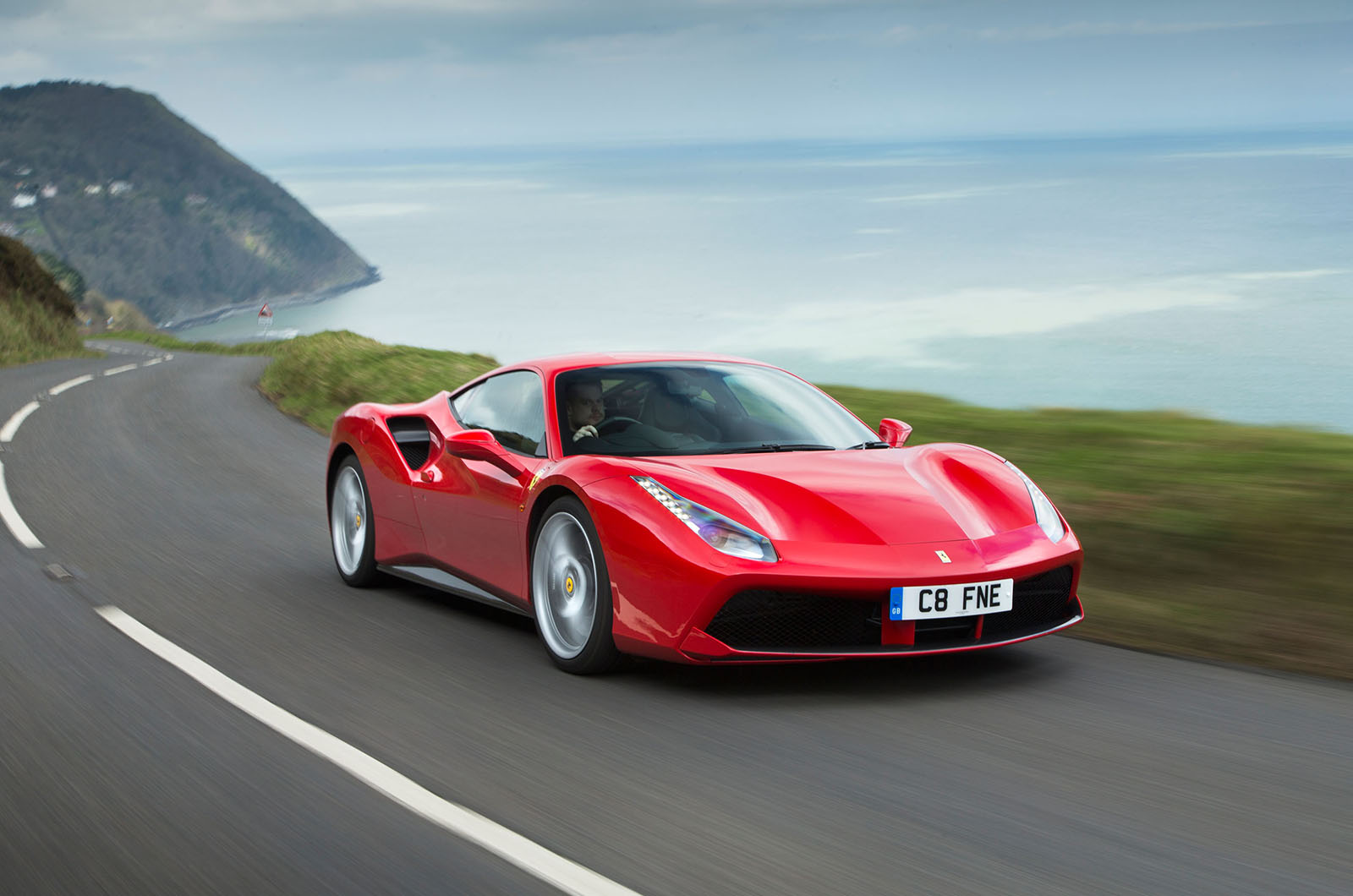
Which leaves? Handling, mostly. And here’s a thing: that limitedslip differential works, even here, even below the limits. You can feel it when you’re in the car, but when following the 488 in the McLaren, I can actually see it. The brakes get trailed towards a corner, the steering is turned, and as its driver gets back on the throttle, the attitude changes. The rear suspension supports it, so there’s little roll, and even though there’s no actual spinning from the inside rear wheel, there’s so little slip that the attitude to drive out more excitingly than in the McLaren is there. Following in the 650S is just as impressive. The rear suspension is just as well supported, roll limited, and the steering more pleasing. It might well prove faster on track, too. (We’ll find that out soon enough.) But it’s in these tiny, tiny, nuanced differences in cornering attitude that the 488 reveals itself to be more liberated, more enthusiastic, keener to please. And, well, it’s a supercar, so that counts.
For lots of miles and several hours during this test, the 650S is the car I’d rather have driven. God, it’s good – make no mistake about that. But throw all the elements together like fixtures during a sporting season and form usually wins out. In the shape of the 488 GTB, it does here.
Check out our video of the Ferrari 488 GTB driven on road and track


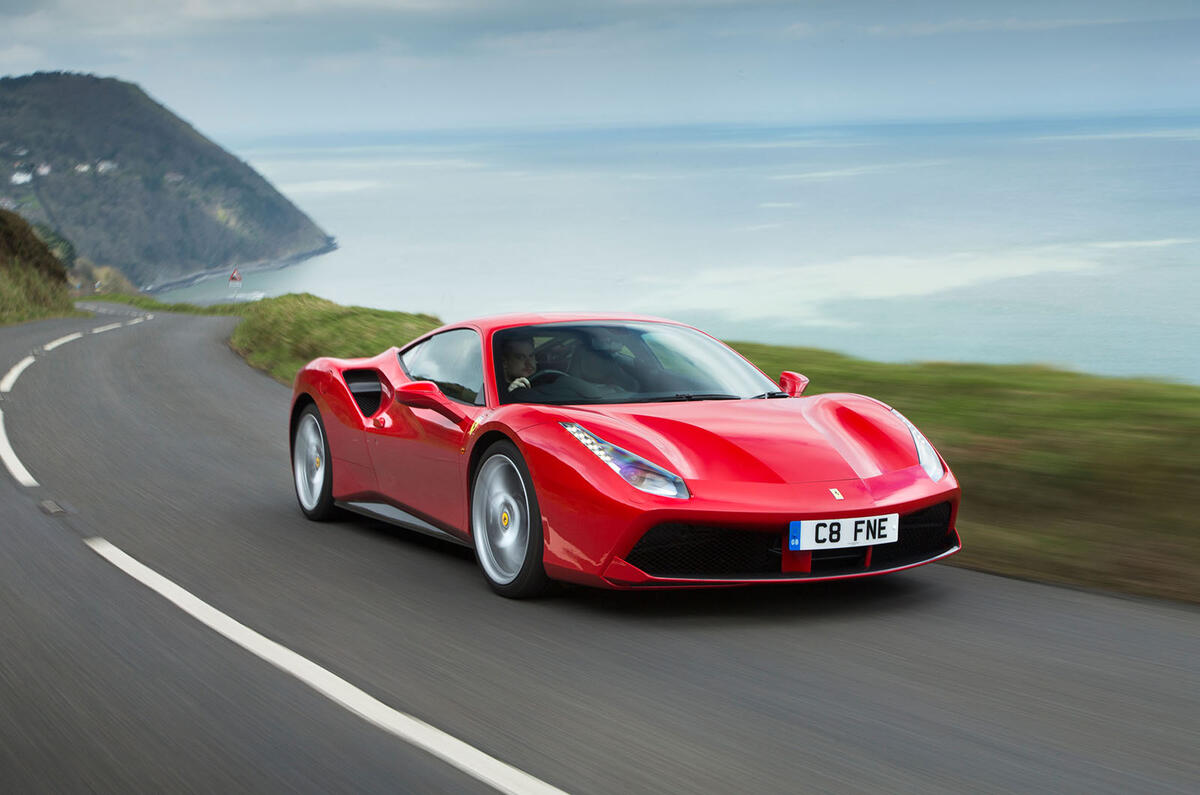
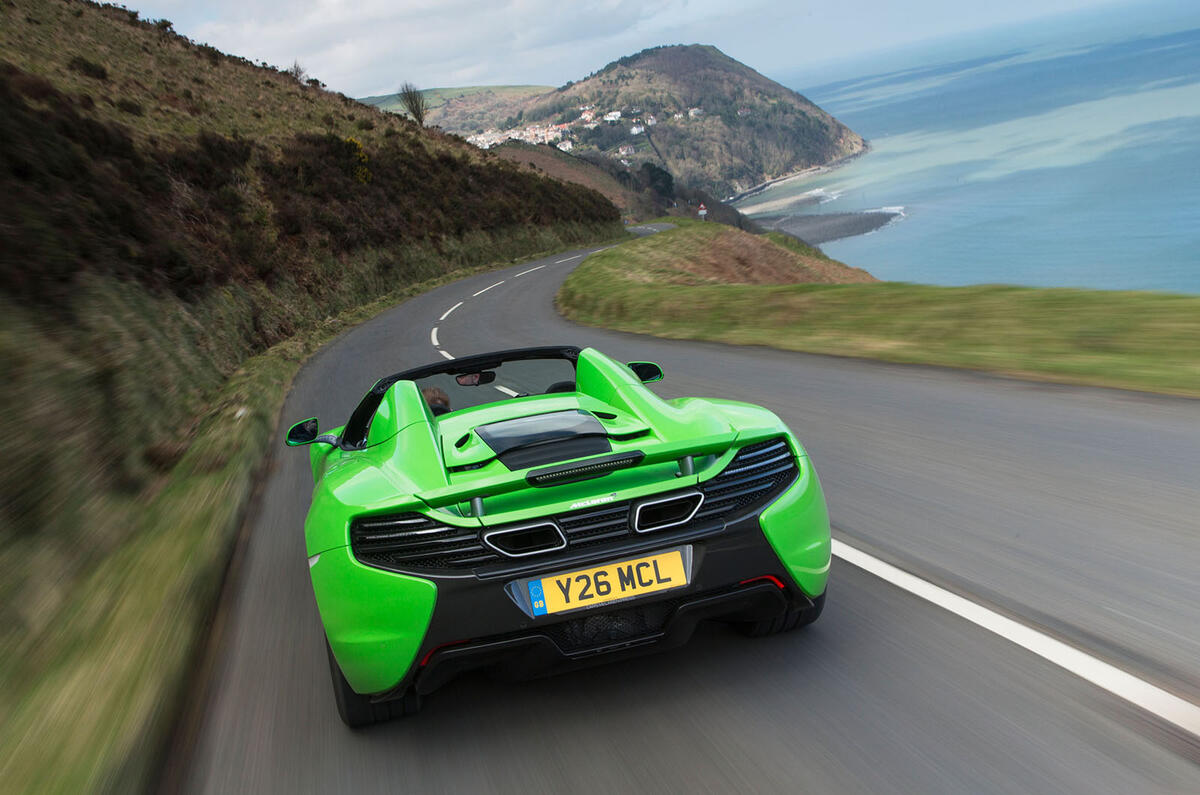
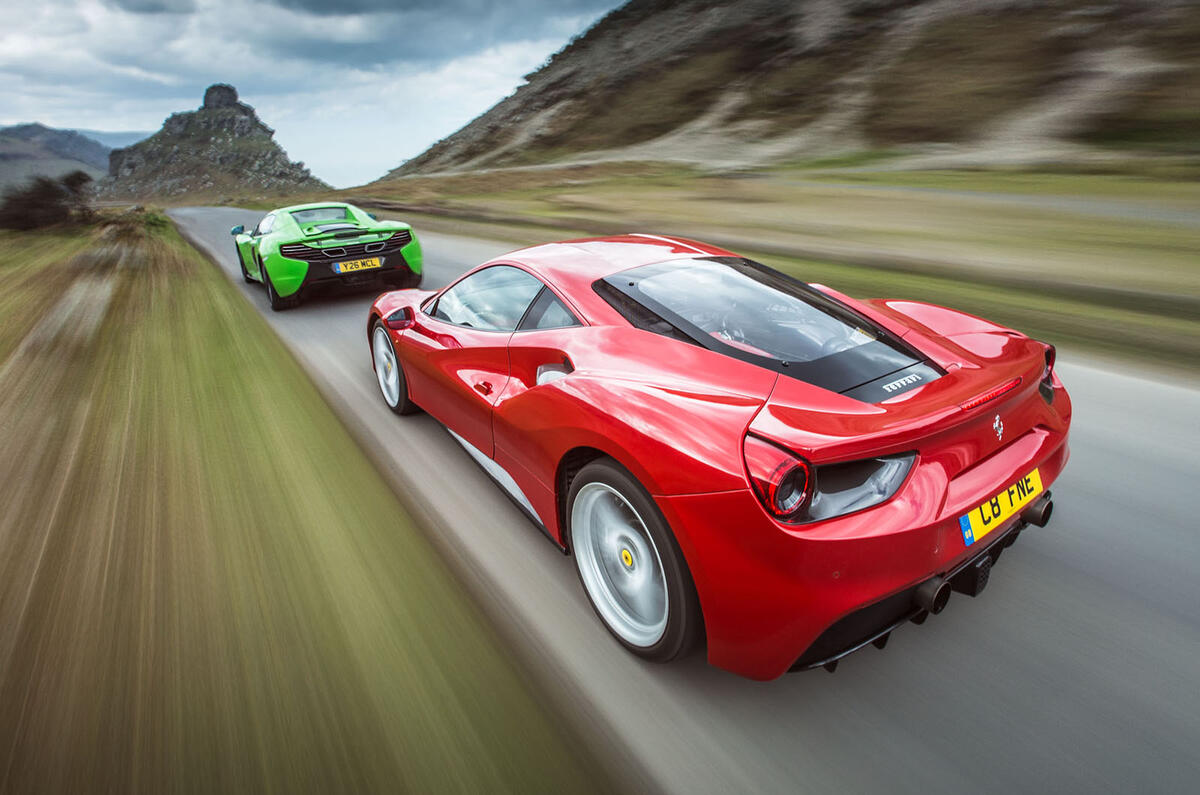

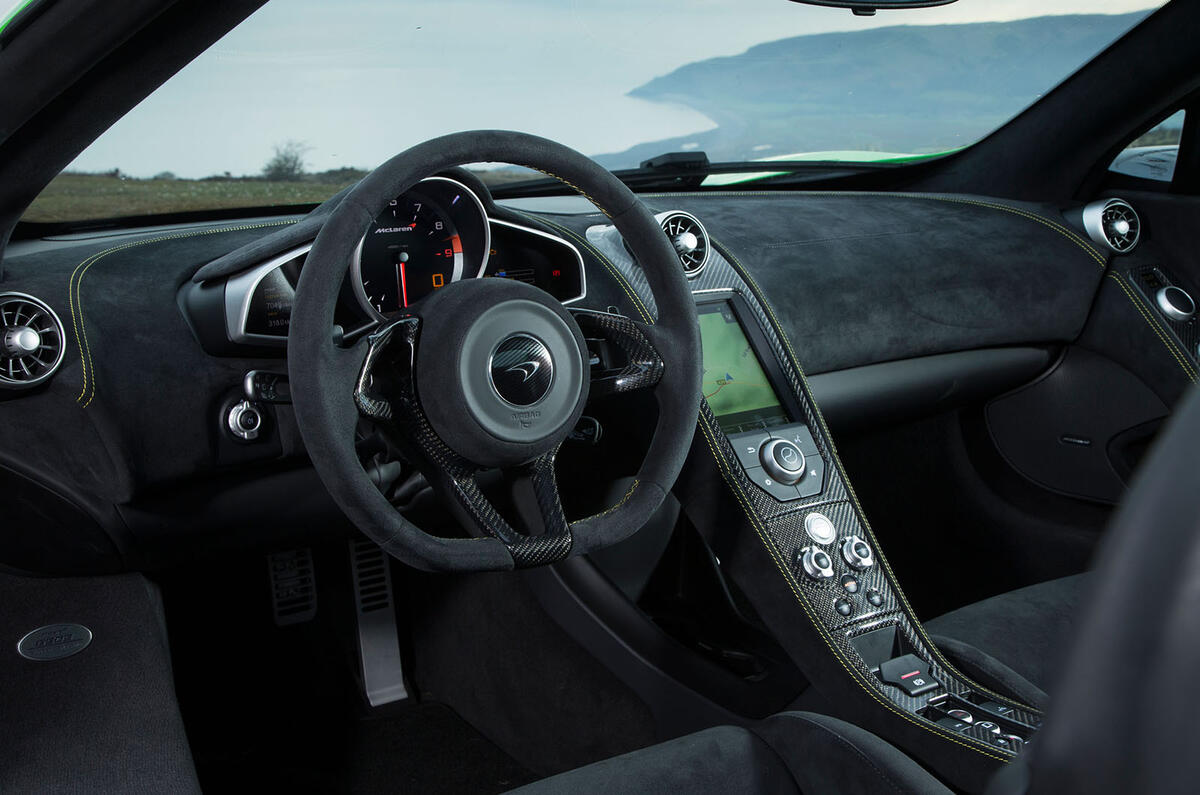



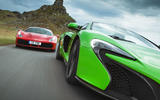

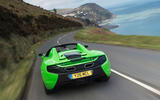
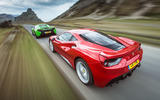

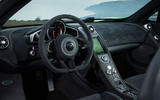
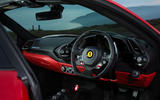

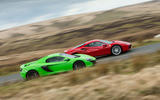





Join the debate
Add your comment
488
Also, what an excellent article, so well written and simple to understand unlike Nic Cacket's stuff.
Well written article which
These are too much hussle and worries...